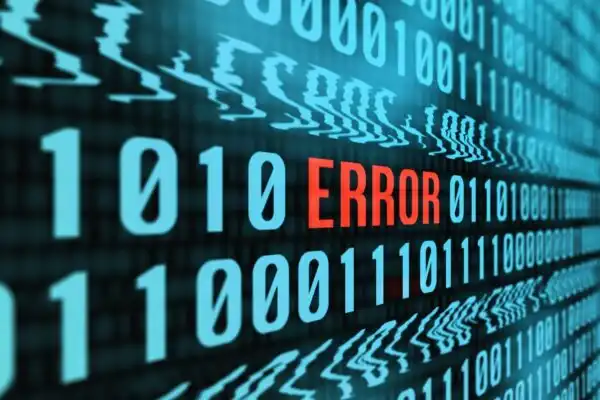“404 Page not found“, “500 Internal server error“, and “Access denied” are HTTP status codes that indicate a requested resource was not found, the server encountered an error preventing it from fulfilling the request, or the client was denied access to the resource due to insufficient permissions or authentication.

404 Codes Pages Not Found
The “404 Page not found” error is a very common HTTP status Codes that indicates that the requested resource could not be found on the server. This error is usually triggered when a user tries to access a web page that no longer exists, has been moved or renamed, or was never there in the first place. When this happens, the server sends a 404 response to the client’s browser, which displays an error message indicating that the page cannot be found.
There are multiple reasons why a 404 Codes error occurs. One common cause is when a web page has been moved to a new location or deleted, but the server still receives requests for the old URL. Another reason could be a typo in the URL entered by the user, which leads to the server not being able to find the requested resource. Additionally, a 404 error could also be caused by an error in the server configuration or the software used to host the website.
To resolve a 404 error, there are a few things you can try. First, check the URL to make sure that it is spelled correctly and points to the right location. If the URL is correct, try clearing your browser’s cache and reloading the page. If the error persists, contact the website owner or webmaster to report the issue and request a fix.
You Can Read Also : Rashid Khan The Indian Golf prodigy
500 Internal Server Errors
The “500 internal server error” is another common HTTP status code that indicates that there was an issue on the server side that prevented it from fulfilling the request made by the client. This error message does not provide any specific information about the problem, but rather indicates that there was a problem with the server that prevented it from processing the request.
There are many reasons why a 500 error might occur. One common cause is when there is a problem with the server configuration, such as a misconfigured .htaccess file or a problem with the PHP configuration. Another reason could be an issue with the server software or a problem with the database server.
To resolve a 500 error, there are several things you can try. First, try reloading the page to see if the error was a temporary issue. If the error still occurs, try to clear out your browser’s cache and all cookies. If that doesn’t work, contact the website owner or webmaster to report the issue and request a fix. If you are the owner of the website, try checking your server logs to see if there are any specific error messages that might help you identify the problem.
Access denied
The “Access denied” error occurs when a user tries to access a resource or perform an action that they do not have permission to access. This error can occur on a website or web application, or in a computer system, network, or database.
Access denied errors can be caused by several factors. In a web application, this error could occur if a user tries to access a restricted area of the website without logging in, or if they try to perform an action that requires specific permissions. In a computer system or network, this error could occur if a user tries to access a file or folder that they do not have permission to access, or if their account has been disabled or locked.
Read Also: Cybersecurity: Protect Your Digital World from Cyber Threats
To resolve an access denied error, you need to identify the cause of the issue. If you are trying to access a restricted area of a website, try logging in with the correct credentials or contacting the website owner to request access. If you are trying to access a file or folder on a computer system or network, contact the system administrator to request the necessary permissions or access. In some cases, you may need to troubleshoot the issue further by checking system logs or performing other diagnostic tasks to identify the root cause of the problem.